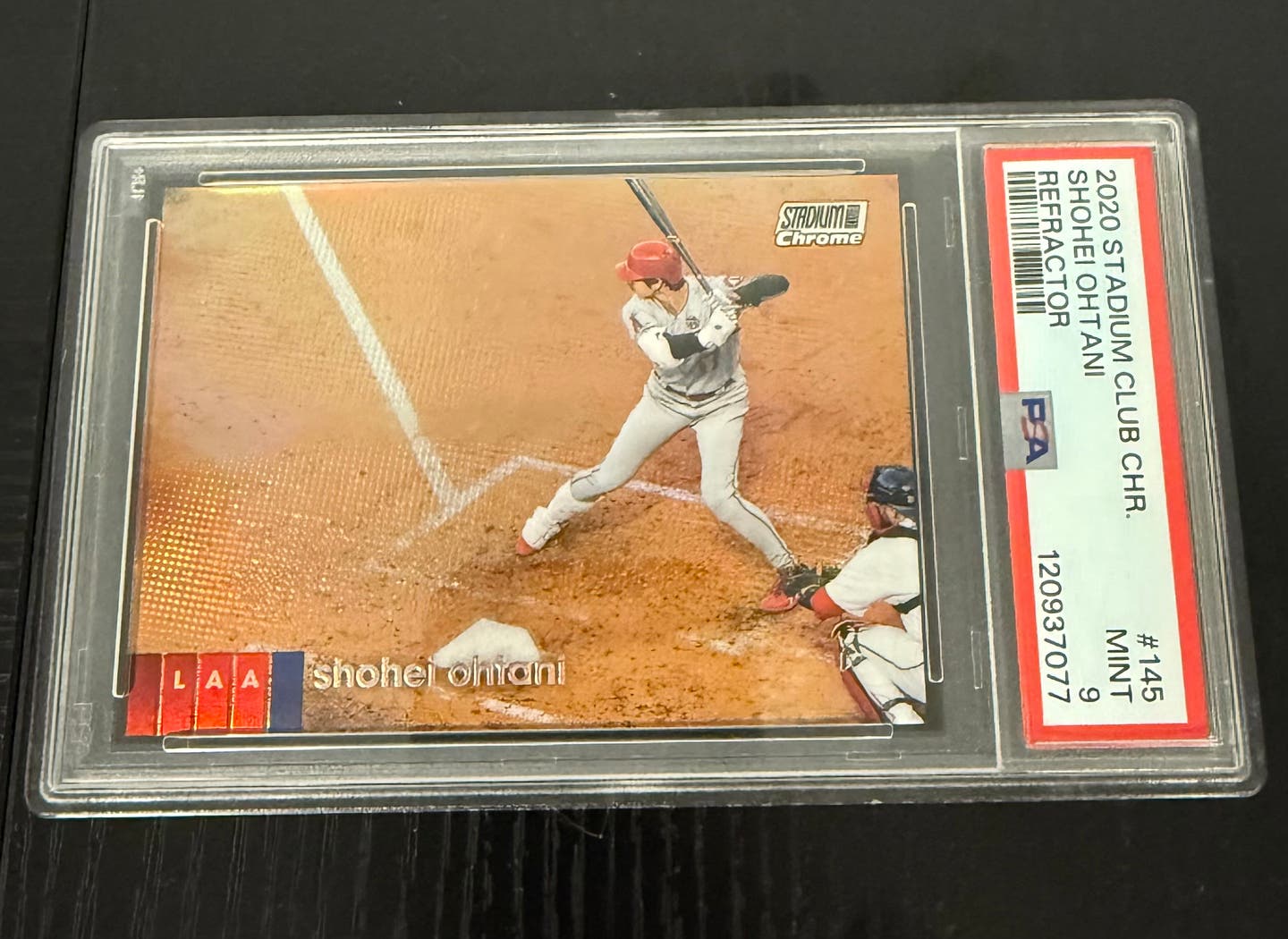Featured
Operation Bullpen, and Why Forgers Don’t Always Hit the Sweet Spot
(Note: The following is the first in a series of articles composed by noted writer Kevin Nelson, author of "Operation Bullpen: The Biggest Forgery Scam in American History.")
By Kevin Nelson
One of the most popular things for a person to collect is an autographed baseball, ideally signed on what is known as “the sweet spot.” The sweet spot is the most valuable and aesthetically pleasing piece of real estate on a baseball, the panel where the seams are closest together. It is the spot where every collector, if he had his way, would want an athlete to affix his autograph.
The sweet spot, not coincidentally, is also the most popular spot for a forger to scribble a fake autograph.
Today, I am beginning a new series with Sports Collectors Digest to talk about the art and craft of forgery, and to show you pictures of forgeries that were given to me by the FBI during my research for my book, Operation Bullpen: The Inside Story of The Biggest Forgery Scam in American History. All of the single-signed baseballs that appear with this article – some of which have never been shown to the public before – are forgeries.
But not all of them, as you can see, are signed on the sweet spot. Which begs the question: Why not? Knowing that the sweet spot is the most valuable place for a signature to be, and the one that will earn him the most money, why wouldn’t a forger always put it there?
I posed this question and many others to the FBI agents I interviewed for my book, as well as to the counterfeit memorabilia dealers and forgers who were busted by those very same agents in Operation Bullpen, the sensational forgery case that continues to haunt the collecting hobby more than a decade after it occurred. The big FBI takedown occurred Oct. 13, 1999, breaking up a nationwide ring that forged, sold and distributed mind-boggling amounts of fake memorabilia. Run by an unlikely band of crooks headquartered in southern California, the ring produced hundreds of thousands of forgeries over a five-year period in the 1990s, ripping off American consumers for $100 million. The FBI followed this bust with more busts of other forgery rings around the country. And although the men behind these fraudulent schemes are now out of business, their handiwork remains. Many of their forgeries are still being sold and resold and sold again in the marketplace today, with many unsuspecting consumers apparently believing that what they are buying and selling is real.
During my research, the FBI gave me photos of forgeries produced by the gang; some appeared in the book and some are on the book’s website, OperationBullpen.com. But a number of other images supplied to me by the FBI were stored in my computer and have never seen the light of day. Because of the continuing interest in both the book and the case, I recently decided to release these photos so that collectors and others can see them.
Depending on its condition, a baseball with a sweet spot signature of Babe Ruth or Joe DiMaggio or Ted Williams can command many thousands of dollars. In the case of one forged Christy Mathewson trophy ball produced by the Bullpen crew and confiscated by the FBI, the asking price was $15,000.
Now does this mean that every baseball signed on the sweet spot by a superstar is counterfeit? Of course not. There are zillions of legitimate balls signed on the sweet spot. Happens every day.
There are also lots of legitimate – and illegitimate – balls not signed on the sweet spot. In fact, two of the balls shown here – one of the Christy Mathewsons and the Ty Cobb – are signed on side panels. They’re both fakes, as well. (To my knowledge, these balls, as well as the DiMaggio and Williams balls, have never been shown before.)
So what does all this mean? In my view, what it means is that if you collect signed memorabilia, you better be on your toes because the forgers and counterfeit dealers and crooked authenticators are onto you. Many of the crooks in the hobby are sports fans. They know the likes and dislikes of collectors because many are collectors themselves. They know that superstar athletes sign on the sweet spot, but not always. So they forge on the sweet spot, too. But not always.
The best crooks in the memorabilia racket try to avoid doing the same thing over and over because patterns are more easily tracked and followed by the law. The goal of forgers is to create confusion in the marketplace and where confusion already exists, exploit it. They follow the hobby avidly, its latest trends and happenings, because they want to people to buy the bogus stuff they produce. In fact, many crooks are no doubt reading this very article, to see if they can pick up any clues or tips on what the FBI investigators are up to these days.
To be honest, I do not know the current status of FBI investigations into the collecting hobby. But I do have some more forgery images to share with you over the coming weeks, as well as some thoughts on why, and how, forgers and counterfeit dealers have become so adept at fooling people.
Next week: Some of the very clever ways that crooks disguise their fakes.
Kevin Nelson spent three years researching and writing "Operation Bullpen: The Biggest Forgery Scam in American History." www.OperationBullpen.com. It is available on Amazon and as a Kindle ebook.








